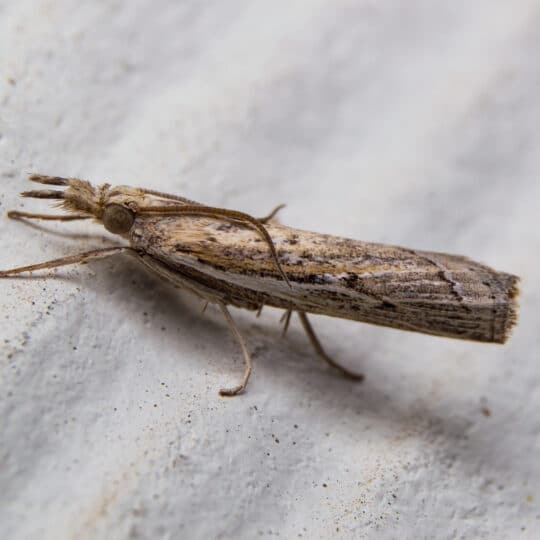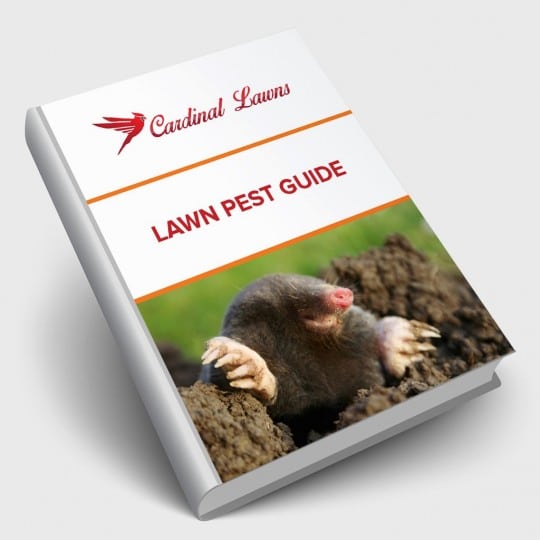What are Sod Webworms
And What to do About Them
Posted
October 15, 2020

For lawns with a layer of thatch just above the soil, a light web may be in the process of spinning by sod webworms. After feeding on leaves, they travel to your yard and may even spend the winter if no treatment plan is put in place. Learn more about identifying sod webworms and what you can do to stop them.
Identifying Sod Webworms
Other than the webbing, these pests leave behind ragged brown spots in your yard. The spot gets bigger the more they feed and do the most damage to sunny spots on bluegrass, bentgrass, and tall or fine fescues.
Depending on the time of year, sod webworms appear as inch-long caterpillars in the early larval stage or a white-brown moth with pale brown markings on their wings in the adult stage. You only really have to worry about the young worms. Once they’ve transformed into moths, they no longer feed on your grass.
Lawn Pest Lifecycle
Sod webworms construct cozy silk-lined tunnels near the soil surface to spend the winter. Once the weather warms in spring, they start to feed again until June when they build their cocoons. The adult moths that emerge begin to mate and the females scatter several hundred eggs across your lawn. The young larvae are the ones that spin webs and feed on your grass most of the summer.
Webworm Control
You can help prevent the spread of sod webworms by maintaining a healthy lawn. Reduce thatch with aeration and water your lawn regularly. Once the pests are present, you can drown them out by pouring soapy water over the brown spots to draw the caterpillars to the surface. Then rake them up to remove them from the lawn. Other natural insecticides may help with more widespread infestations without harming the rest of your yard.
For more information on sod webworms and other lawn pests, contact Cardinal Lawns. From maintenance and protection to dealing with a pest infestation, we can help you find a solution that works.

Download Your FREE Lawn Pest Guide
Pests become most prevalent during the heat and humidity of summer. Take some time to learn about the signs of infestations before any damage can be caused to your landscape. This handy guide will teach you how to spot common lawn pests and how to keep them from causing harm to you and your property.